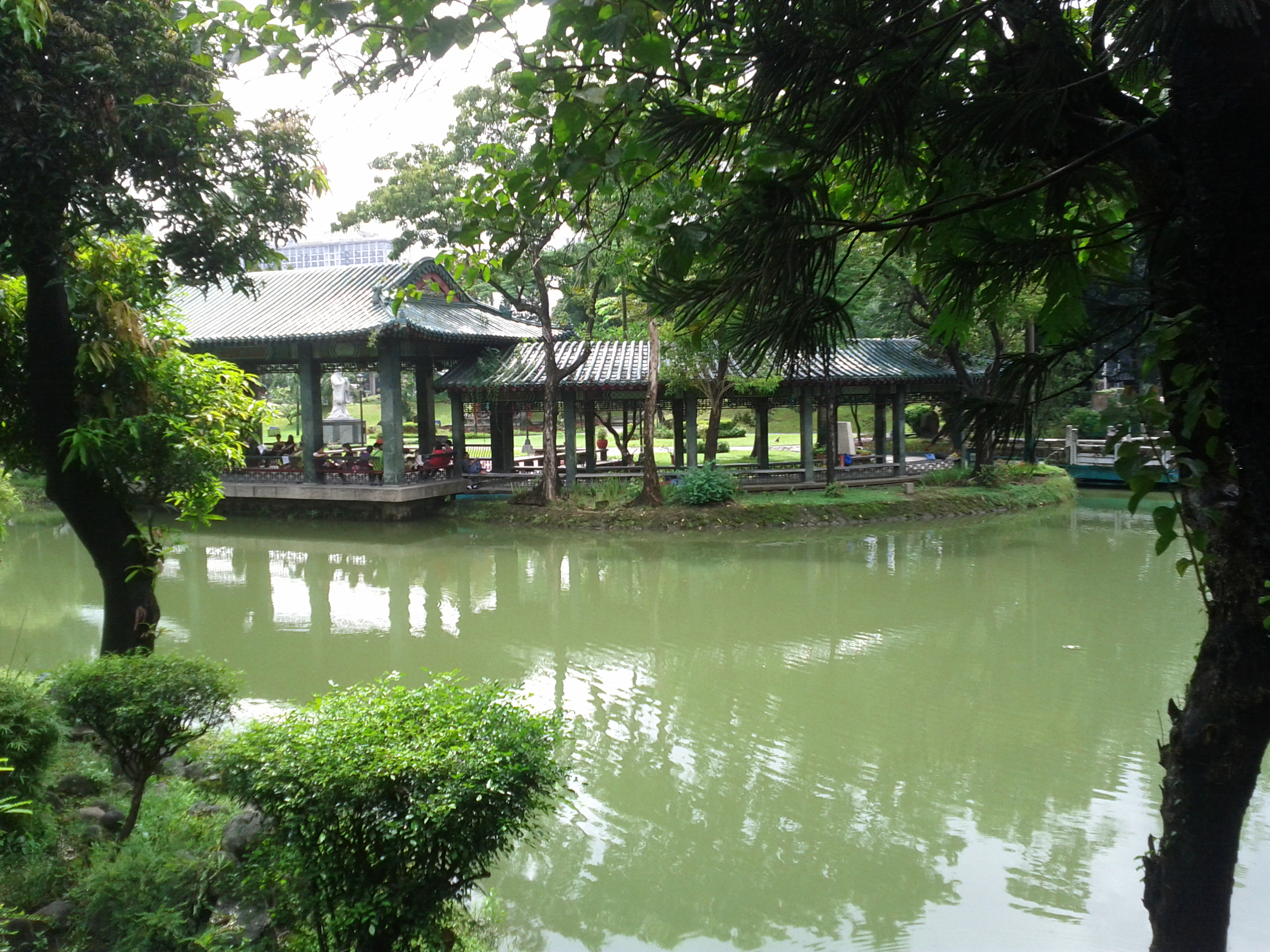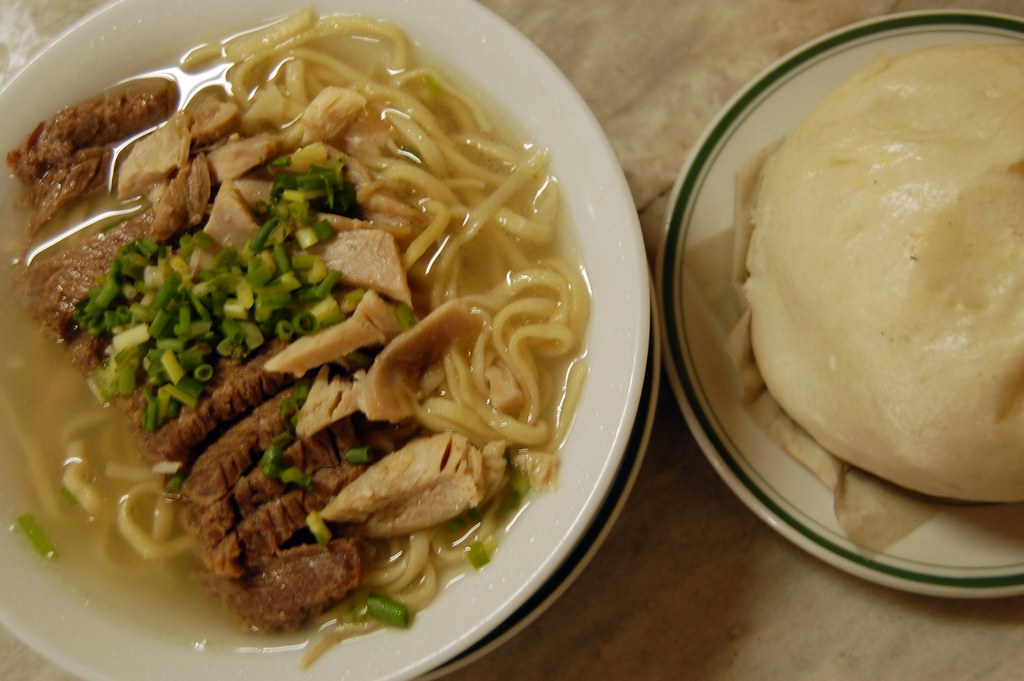I don’t normally celebrate the second new year in the Philippines,
otherwise known as the celebration of the Chinese New Year. But this year, the
celebration happens to fall on the birthday of one of my nieces. I was a kid
once, and realizing that your birthday is also
a holiday means you get to stay home from school, and celebrate without having
to offset to the closest available weekend.
So I guess I’ll be celebrating CNY this year by seeing family! But for those of you who aren’t members of my clan, I’m sure you’re thinking of what you can work on next Monday. Perhaps some are going out of town, or staying in one of the nicer hotels in Manila for a staycation. There’s also the possibility that some of you work in a BPO and will have to work (and earn double!) on this day.
Those are all good plans, but in case you live, work, or are staying in
Manila on February 8, 2016, then here are five nice things you can do to
celebrate the coming year.
Go to Binondo. This is
something of a no-brainer, really. Binondo is Manila’s Chinatown, and the
oldest Chinatown in the world, so you know that this place is steeped in
Fil-Chi culture. And while I haven’t been there to witness it myself—because I
avoid places that attract throngs like the plague—I have heard that the
celebrations of CNY here are pretty cool. You can hear mass at the local
church, or go for a kalesa ride around the town. There’s plenty of things to do
in Binondo!
 |
| The Chinese Garden Lagoon |
Visit the Chinese Garden.
The Chinese Garden in Rizal Park is a pay-per-entry portion of the park. I am
not sure if there are any celebrations planned during Chinese New Year here—you
can probably expect a parade with a lion dance, if at all. But the real reason
for visiting this place is that this place is a great spot for getting away
from the rest of Manila. There’s a meditation area, complete with a statue of a
Chinese philosopher (not sure if it’s Lao Tzu or Confucius), for those who want
to take the opportunity to do some soul searching. And if this isn’t your cup
of tea, you can just take a stroll around the park and enjoy the cultural
representation of China in Manila. After all, that’s why these gardens were
built. Check out some of these
nice pictures of the gardens from Angelcent.
Go to Divisoria. Now Divi
might not exactly be the best place to visit during CNY, especially since the
place is already filled with people on a normal day. But if you’re not exactly
looking for something, and you’re just trying to window shop, then there’s
always something for everybody at Divisoria. The town holds some of the newer
tiangge malls in Manila, such as 168 Mall, 999 Mall, and Lucky Chinatown, which
can also serve as a respite from the bustle along the streets of the town
proper. And there might even be a celebration or two in the streets, so you
never know what you might encounter!
 |
| Ma Mon Luk's bestsellers. |
Eat Chinese. This is
probably a no-brainer for most of you. Chinese cuisine is virtually represented
in all the cooking styles throughout the Philippines. In fact, some of the most
common street foods—fish and squid balls, siomai, kikiam, and taho—are Chinese
in origin, one way or the other. But while there are plenty of good Chinese
places throughout the country, Manila is home to some of the oldest and the
best Chinese restaurants in the Philippines. At the cheap end of the spectrum, we
have restaurants like Ma Mon Luk and Ambos Mundos in Quiapo. Further down
Recto, near the Arranque market you have the hole in the wall Wai Ying. And don’t
even get me started on what you can find in Binondo proper! Here are ten
of the best Chinese restaurants in Manila according to Yelp, if you can’t
figure out where you’d like to eat.
Stay home and watch TV. This
is a valid option. Seriously. Anybody who tells you otherwise can go to hell.

Comments
Post a Comment